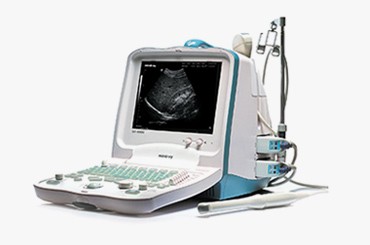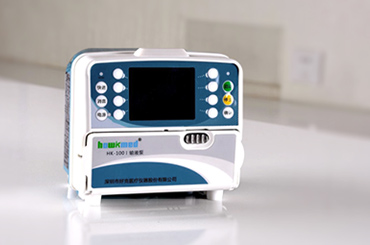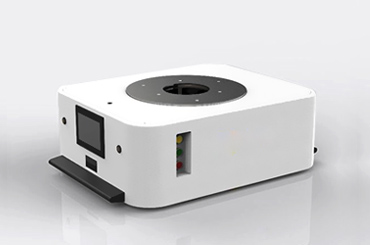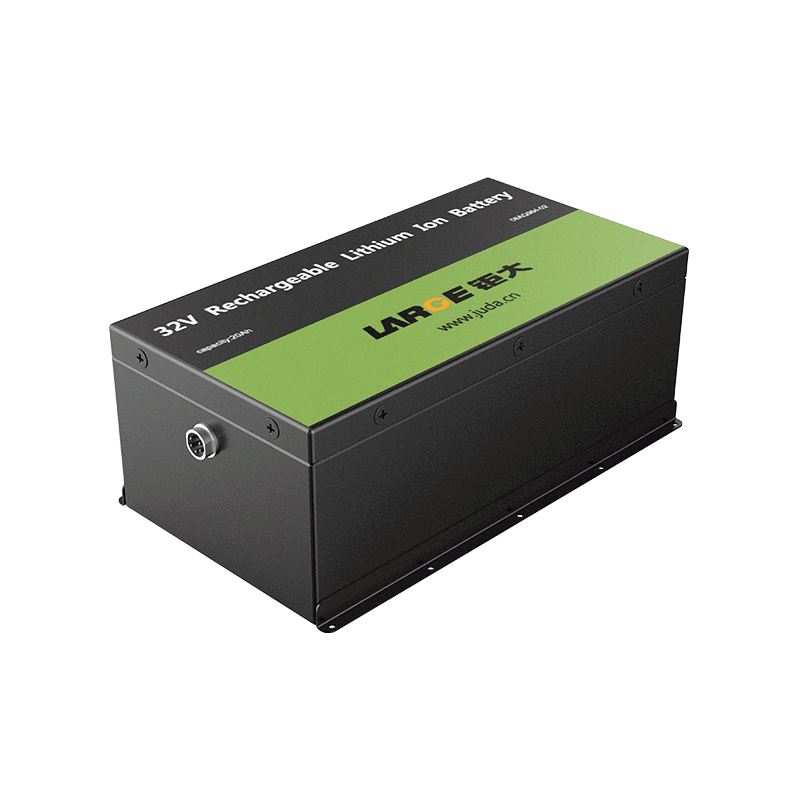-
Key Takeaways
-
Part 1: Types of Boat Batteries+
- 1.1 Starting Batteries: Powering Your Engine
- 1.2 Deep-Cycle Batteries: Sustained Energy for Accessories
- 1.3 Dual-Purpose Batteries: Versatile Marine Solutions
-
Part 2: Key Factors to Consider in a Boat Battery Buying Guide+
- 2.1 Battery Capacity (Ah) and Reserve Capacity
- 2.2 Group Size and Compatibility with Your Boat
- 2.3 Cold Cranking Amps (CCA) for Reliable Engine Starts
-
Part 3: Comparing Marine Battery Technologies+
- 3.1 Lead-Acid Batteries: Affordable but Limited
- 3.2 AGM Batteries: Enhanced Durability and Performance
- 3.3 Lithium Batteries: The Best Marine Battery for Modern Boats
-
Part 4: Maintenance and Care for Optimal Battery Performance+
- 4.1 Proper Charging Practices for Longevity
- 4.2 Cleaning and Inspecting Your Marine Battery
- 4.3 Storing Batteries Safely During Off-Season
- 4.4 Tips to Maximize the Lifespan of Lithium Batteries
-
FAQ+
- 1. How do I properly dispose of an old marine battery?
- 2. Can I mix different types of marine batteries on my boat?
- 3. What is the best way to test a marine battery's health?
How to Pick the Perfect Boat Battery for Your Needs
APR 28, 2025 Pageview:10

Selecting the right boat battery ensures your vessel operates efficiently and reliably. Different boat types and usage patterns demand specific battery features:
Fishing boats rely on durable batteries for trolling motors and electronics.
Sailboats favor long-lasting batteries compatible with renewable energy.
Yachts prefer lithium-ion batteries for high power needs and longevity.
Key Takeaways
Pick the right battery type for your boat's needs. Starting batteries are great for starting the engine. Deep-cycle batteries run electronics and other devices.
Think about battery capacity and reserve power when choosing. Bigger capacity means the battery can handle energy needs on trips.
Lithium batteries work better and last longer. They charge quickly and outlast lead-acid batteries, making them a good choice for newer boats.

Part 1: Types of Boat Batteries
1.1 Starting Batteries: Powering Your Engine
Starting batteries are designed to deliver quick bursts of power, making them essential for starting your boat's engine. These batteries excel in marine applications where high power is required for a short duration. Their primary function is to provide the necessary energy to crank the engine and get it running efficiently.
Key features of starting batteries include:
Cold Cranking Amps (CCA): This metric measures the battery's ability to start an engine in cold conditions, ensuring reliable performance even in harsh weather.
Marine Cranking Amps (MCA): Similar to CCA but measured at higher temperatures, MCA highlights the battery's effectiveness in warmer climates.
Durability: Starting batteries are built to withstand the vibrations and moisture of marine environments, ensuring long-lasting performance.
While starting batteries are crucial for engine ignition, they are not suitable for powering accessories or electronics for extended periods. Their design prioritizes high current output over sustained energy delivery. For optimal performance, pair a starting battery with a deep-cycle marine battery if your boat relies on additional electrical systems.
1.2 Deep-Cycle Batteries: Sustained Energy for Accessories
Deep-cycle batteries are the backbone of marine applications requiring steady and reliable power over time. Unlike starting batteries, which deliver short bursts of energy, deep-cycle batteries are engineered for prolonged use. They are ideal for powering trolling motors, fish finders, and other onboard electronics.
Deep-cycle marine batteries stand out due to their:
Thicker Plates: These allow the battery to discharge energy slowly and recharge without damage, making them perfect for continuous use.
Longevity: AGM deep-cycle batteries last 4 to 7 years, while flooded lead-acid types offer a lifespan of 3 to 5 years.
Versatility: These batteries are compatible with various marine applications, including renewable energy systems on sailboats.
For modern boats with advanced features, lithium deep-cycle marine batteries are a game-changer. They are lightweight, efficient, and offer a lifespan of 8 to 10 years. Additionally, lithium batteries often include features like Bluetooth monitoring, allowing you to track performance in real time.
1.3 Dual-Purpose Batteries: Versatile Marine Solutions
Dual-purpose batteries combine the capabilities of starting and deep-cycle batteries, offering a versatile solution for boaters. These batteries are designed to handle both engine ignition and accessory power, making them a practical choice for smaller boats or vessels with limited space for multiple batteries.
Advantages of dual-purpose marine batteries include:
Adaptability: They can power various boat accessories, such as lights and pumps, while also providing the high current needed to start the engine.
Durability: Built to withstand extreme temperatures, vibrations, and harsh marine environments, these batteries ensure reliable performance.
Efficiency: With thicker plates and higher lead content, dual-purpose batteries can endure multiple discharge and recharge cycles without compromising functionality.
Evaluate your boat's specific needs to determine if this hybrid solution is right for you.
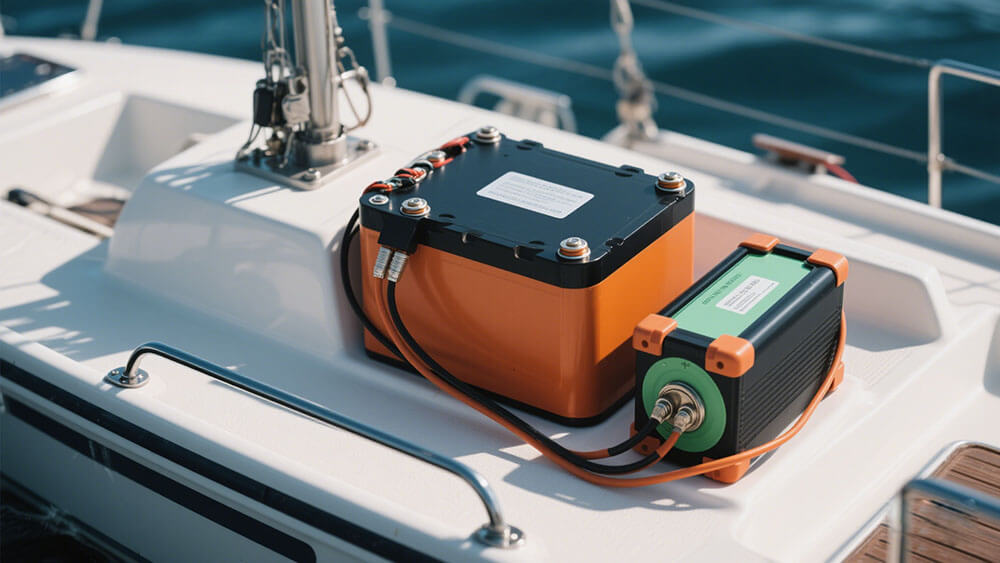
Part 2: Key Factors to Consider in a Boat Battery Buying Guide
2.1 Battery Capacity (Ah) and Reserve Capacity
Battery capacity, measured in amp hours (Ah), is one of the most critical factors when selecting a marine battery. It determines how long your battery can power onboard equipment before requiring a recharge. For instance, a 100Ah battery can theoretically supply 1 amp of current for 100 hours or 10 amps for 10 hours. This makes it essential to match the battery capacity to your boat's energy demands.
Reserve capacity, on the other hand, measures how long a fully charged battery can sustain a constant load of 0.2C amps before dropping below discharge cutoff voltage. This metric is particularly useful for understanding how your battery will perform during emergencies, such as when the alternator fails.
When evaluating battery capacity, consider the following:
Usage Patterns: Boats with high energy demands, such as those equipped with trolling motors or advanced electronics, benefit from higher-capacity batteries.
Battery Type: Lithium batteries, such as LiFePO4, offer superior energy density and longer lifespans compared to traditional lead-acid batteries. They are ideal for applications requiring consistent power, such as medical devices or robotics systems.
Charging Efficiency: Lithium batteries recharge faster and more efficiently, reducing downtime during extended trips.
Pro Tip: Always choose a battery with a capacity slightly higher than your calculated needs. This ensures a buffer for unexpected energy demands and extends the battery's lifespan.
2.2 Group Size and Compatibility with Your Boat
Marine battery size, or group size, refers to the physical dimensions of the battery. It is crucial to select a battery that fits your boat's designated battery compartment while meeting its power requirements. Group sizes are standardized by the Battery Council International (BCI) and include options like Group 24, Group 27, and Group 31.
To determine the right group size:
Measure Your Battery Compartment: Ensure the battery fits securely to prevent movement during operation.
Check Compatibility: Consult your boat's manual or a professional to confirm the recommended group size and specifications.
Consider Weight: Lithium batteries are significantly lighter than lead-acid counterparts, making them easier to handle and install. This is particularly advantageous for smaller boats or vessels with weight restrictions.
For example, a Group 31 lithium marine battery offers high capacity and compact dimensions, making it a popular choice for modern boats. Its lightweight design and enhanced performance make it suitable for applications ranging from industrial equipment to energy storage systems.
Note: Using a battery box is highly recommended. It protects against leaks, short circuits, and vibrations, ensuring safety and longevity.
2.3 Cold Cranking Amps (CCA) for Reliable Engine Starts
Cold cranking amps (CCA) measure a battery's ability to start an engine in cold temperatures. Specifically, it indicates the maximum current a battery can deliver for 30 seconds at 0°F (-18°C) without dropping below 7.2 volts. This metric is vital for boats operating in colder climates, where low temperatures increase engine oil viscosity and require more power to start the engine.
Key considerations for CCA:
Engine Size: Larger engines demand higher CCA ratings. For instance, a small outboard motor may require 600 CCA, while a larger inboard engine might need 1000 CCA or more.
Climate Conditions: If you frequently boat in cold regions, prioritize a battery with a high CCA rating to ensure reliable starts.
Battery Type: Lithium batteries, such as NMC or LiFePO4, excel in delivering consistent power even in extreme temperatures. They are particularly effective in applications like low-temperature energy storage or security systems.
Did You Know? Regular cleaning of battery terminals prevents corrosion, which can compromise the delivery of cold cranking amps and lead to starting issues.
By understanding these key factors—battery capacity, group size, and cold cranking amps—you can make an informed decision when selecting a marine battery. Whether you're powering advanced electronics or ensuring reliable engine starts, choosing the right battery enhances your boating experience and ensures safety on the water.

Part 3: Comparing Marine Battery Technologies
3.1 Lead-Acid Batteries: Affordable but Limited
Lead-acid batteries are the most traditional type of marine battery. They are widely used due to their affordability and availability. However, their limitations make them less suitable for modern boating needs. These batteries are heavier and bulkier, weighing approximately 34.3 kilograms and occupying 13.4 liters of space. Their lower energy density, ranging from 50 to 100 Wh/kg, means they store less energy per unit weight, making them inefficient for high-demand applications.
Despite these drawbacks, lead-acid batteries remain a cost-effective choice for smaller boats with minimal power requirements. They typically last between 500 to 1,000 cycles, which is significantly lower than other technologies. While their upfront cost is low, their limited lifespan and lower energy output result in a higher cost per kilowatt-hour over time.
Tip: If you prioritize affordability over performance, lead-acid batteries can be a practical option for basic marine applications.
3.2 AGM Batteries: Enhanced Durability and Performance
Absorbent Glass Mat (AGM) batteries offer a significant upgrade over traditional lead-acid batteries. Their spill-proof design and resistance to vibrations make them ideal for marine environments. AGM batteries also perform well in cold climates, maintaining functionality even in freezing temperatures.
Feature | Description |
|---|---|
Spill-Proof Design | Prevents leakage, enhancing safety and transportability. |
Vibration Resistance | Reliable in marine and off-road applications. |
Performance in Cold Temperatures | Operates effectively in freezing conditions. |
Maintenance-Free Operation | Requires no routine maintenance, saving time. |
Extended Lifespan | Outlasts traditional batteries, providing better long-term value. |
AGM batteries are also known for their low self-discharge rate, retaining charge longer when not in use. This makes them suitable for seasonal or backup applications. While they are more expensive than lead-acid batteries, their durability and performance justify the investment.
3.3 Lithium Batteries: The Best Marine Battery for Modern Boats
Lithium batteries represent the pinnacle of marine battery technology. They offer unmatched performance, durability, and efficiency, making them the best marine battery for modern boats. With a lifespan of 2,000 to 5,000 cycles, far surpassing the 500 to 1,000 cycles of lead-acid batteries. Their energy density ensures a lighter and more compact power source, ideal for space-constrained applications.
Pro Tip: Lithium batteries recharge faster, reducing downtime during boating activities. Their consistent power delivery and environmentally friendly design make them suitable for advanced applications like medical devices, robotics, and energy storage systems.
For marine enthusiasts seeking reliability and performance, lithium batteries are the ultimate solution. Their lightweight design, long lifespan, and superior energy efficiency make them a worthwhile investment for any modern boat.
Explore customized lithium battery solutions here.
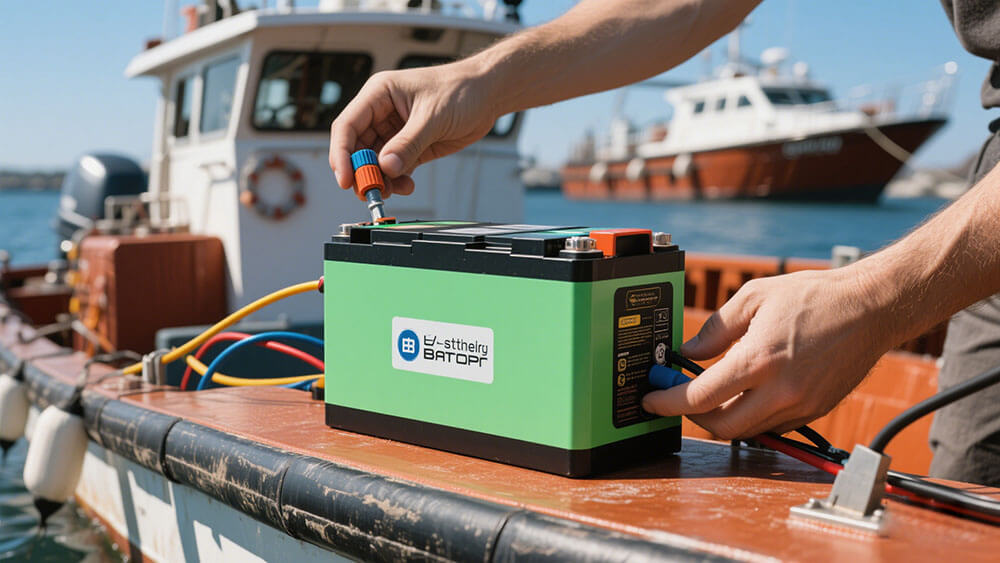
Part 4: Maintenance and Care for Optimal Battery Performance
4.1 Proper Charging Practices for Longevity
Proper charging practices significantly extend the lifespan of your marine battery. To ensure optimal performance, always charge your batteries in a well-ventilated area. This minimizes the risk of overheating and ensures safety. Use a smart, three-phase charger that adjusts to the manufacturer's recommended charging profile. These chargers optimize charging efficiency and prevent overcharging, which can degrade battery capacity over time.
For AGM batteries, select a charger compatible with their specific requirements. Temperature-compensating chargers are particularly effective, as they adjust voltage based on ambient conditions. Avoid deep discharges, especially for AGM batteries, where the recommended Depth of Discharge (DOD) is 50%. For lithium batteries, consider using a Battery Management System (BMS). This system monitors battery health and ensures charging aligns with the battery's specifications, enhancing longevity.
Tip: Create a charging schedule and follow written instructions for connecting and disconnecting cables. Consistency in charging practices prevents unnecessary wear and tear.
4.2 Cleaning and Inspecting Your Marine Battery
Regular cleaning and inspection are essential for maintaining your boat battery's performance. Corrosion on terminals can disrupt electrical connections and reduce efficiency. Clean the terminals and cable ends regularly using a mixture of baking soda and water. Tighten all connections to ensure a secure fit.
Inspect the battery for physical damage, such as cracks or leaks, which can compromise safety. For flooded lead-acid batteries, check the acid levels periodically and top them off with distilled water if necessary. Keeping the battery clean and free of debris prevents overheating and ensures consistent power delivery.
Note: Routine maintenance not only improves performance but also extends the lifespan of your marine battery.
4.3 Storing Batteries Safely During Off-Season
Proper storage during the off-season protects your marine battery from damage. Store batteries in a cool, dry place away from direct sunlight or extreme temperatures. For lithium batteries, maintain a charge level of around 50% to 70% before storage. This prevents over-discharge and preserves battery health.
Use a battery box or insulated container to shield the battery from moisture and physical damage. Periodically check the battery's charge level during storage and recharge if necessary. For long-term storage, disconnect the battery from the boat to prevent parasitic drain.
Tip: Label stored batteries with the last charge date to track maintenance schedules easily.
4.4 Tips to Maximize the Lifespan of Lithium Batteries
Lithium batteries offer superior performance, but proper care is crucial to maximize their lifespan. Avoid exposing lithium batteries to extreme temperatures, as this can degrade their internal chemistry. Use a BMS to monitor voltage, temperature, and charge cycles. This system ensures the battery operates within safe parameters.
Charge lithium batteries with a compatible charger that supports their specific chemistry, such as LiFePO4. Avoid deep discharges, as they can reduce the battery's cycle life. For applications like medical devices or robotics, where reliability is critical, lithium batteries provide consistent power delivery and long-term durability.
Did You Know? Lithium batteries can last up to 10 years with proper care, making them a cost-effective choice for marine and industrial applications.
Explore customized lithium battery solutions from Large Power.
Choosing the right boat battery ensures your vessel operates efficiently and meets your specific needs. Matching the battery type, capacity, and technology to your usage patterns is essential. For instance, batteries with over 250Ah capacity provide ample reserves for extended trips, while deep-cycle batteries excel in delivering sustained power. Lithium batteries, with a 62.69% market share, stand out as the best marine battery for modern boats. Their lightweight design, fast charging, and long cycle life enhance performance and reliability.
Battery Type | Market Share (%) | Key Benefits |
|---|---|---|
> 250 AH | 45.96 | Provides ample energy reserves for extended voyages and demanding operational conditions at sea. |
Deep-cycle Batteries | 46.55 | Ideal for sustained power over extended periods, suitable for various marine applications. |
Lithium Batteries | 62.69 | Offers fast charging, longer cycle life, and lightweight design, enhancing vessel efficiency. |
Evaluate your boating requirements carefully. Consult your boat’s manual or a marine professional to ensure you select the best marine battery for your needs.
FAQ
1. How do I properly dispose of an old marine battery?
You should take your old marine battery to a recycling center or a retailer that accepts used batteries. Proper disposal prevents environmental harm and complies with local regulations.
2. Can I mix different types of marine batteries on my boat?
Avoid mixing battery types. Different chemistries, like lead-acid and lithium, have unique charging requirements. Mixing them can cause performance issues or damage your boat's electrical system.
3. What is the best way to test a marine battery's health?
Use a multimeter to measure voltage or a load tester for performance under stress.
Note: Regular testing ensures your battery performs reliably and avoids unexpected failures.
Explore customized lithium battery solutions from Large Power.
- Prev Article: no more
- Next Article: Understanding the advantages of multi-tab battery cells in modern lithium-ion batteries
Leave Message
Hottest Categories
-
Hottest Industry News
-
Latest Industry News




